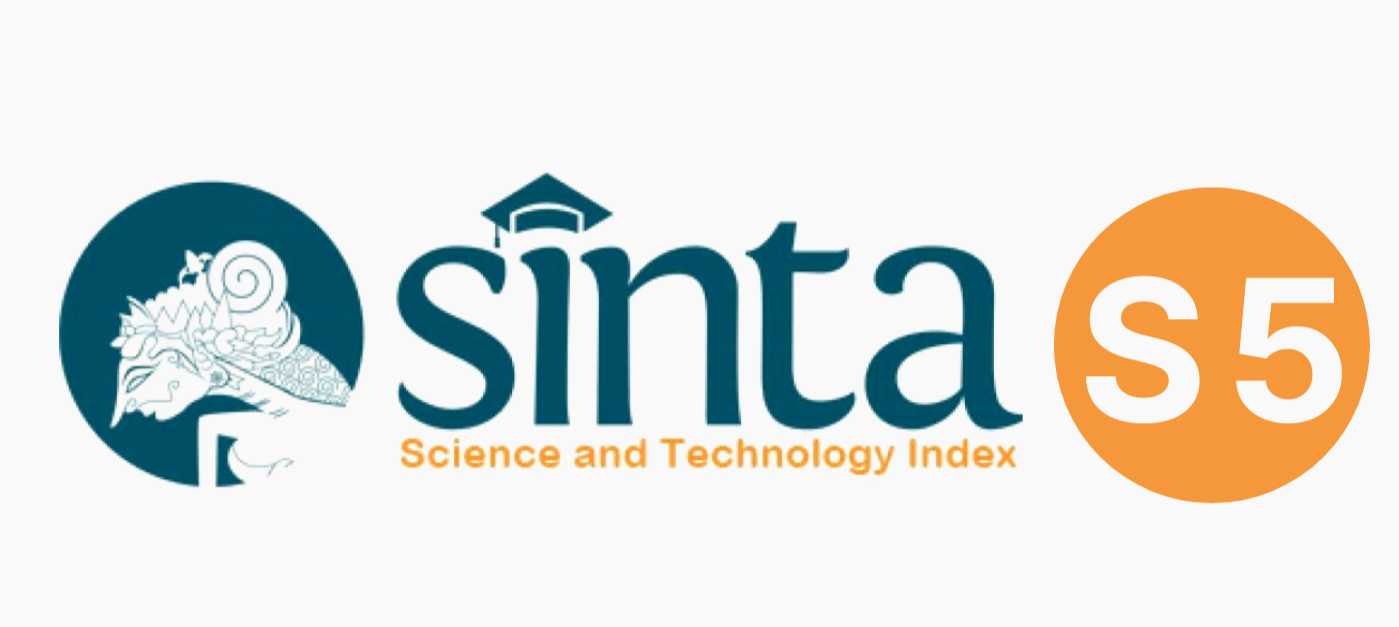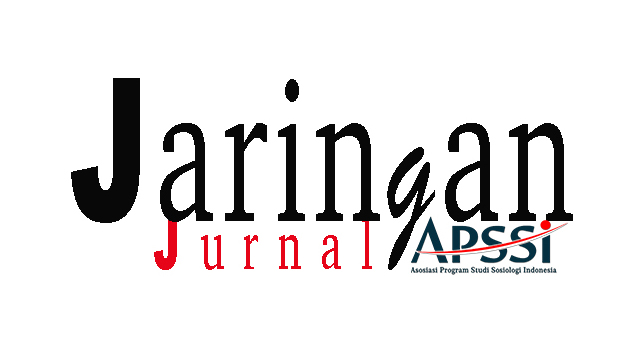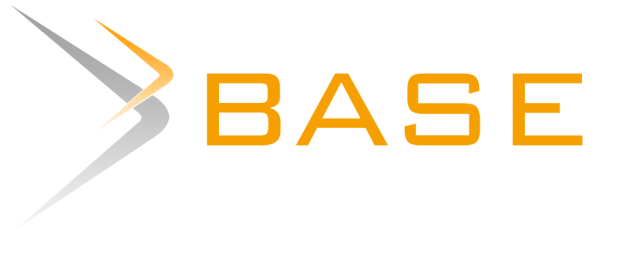Stunting dan Upaya Pencegahannya di Kabupaten Lingga
 Abstract: 201
/
Abstract: 201
/  Abstract: 244
Abstract: 244
DOI:
https://doi.org/10.47753/je.v9i1.166Keywords:
kultural1, kurang gizi balita2, stunting3,Abstract
This study aims to identify cultural factors that cause stunting and prevention efforts in Lingga Regency. Stunting, a form of growth faltering, certainly impacts the quality of health development in a country, including Indonesia. For this reason, it is essential to make various efforts to accelerate the reduction of stunting carried out in multiple regions, especially the Lingga Regency. This study used a qualitative approach, collecting data through interviews. The findings of this study show that cultural factors that cause stunting are the most basic. There are still parents or mothers whose parenting patterns are traditional. Efforts have been made to prevent and overcome the problem of stunting, namely through the Healthy Kitchen to Overcome Stunting (DASHAT) Program. The Lingga Regency Health Office carries out this program and collaborates with Health Cadres to reduce stunting in Lingga Regency.References
Andarwulan, S. (2019). Hubungan Tingkat Pendidikan Ibu Hamil Terhadap Frekuensi Pemeriksaan Kehamilan Bpm G. N. Maya D. Tambak Sawah. Embrio, 11(2), 87–93. https://doi.org/10.36456/embrio.vol11.no2.a2040
Ayu Zizi, A., Ayunatasya, A., & Samosir, L. (2023). Efektivitas Program Percepatan Penurunan Stunting Di Kepulauan Riau. Jurnal Administrasi Politik Dan Sosial, 4(2), 50–59. https://doi.org/10.46730/japs.v4i2.105
Beal, T., Tumilowicz, A., Sutrisna, A., Izwardy, D., & Neufeld, L. M. (2018). A review of child stunting determinants in Indonesia. Maternal and Child Nutrition, 14(4), 1–10. https://doi.org/10.1111/mcn.12617
Creswell, J. W. (2009). Research design: Qualitative, quantitative, and mixed methods approaches (3rd Ed.). Sage.
Fitrah, N., & Karmila. (2020). Stunting di desa Blimbing kecamatan Gudo kabupaten Jombang. 37th European Photovoltaic Solar Energy Conference (EUPVSEC), 16(1), 90.
Haria, N. G., Humairah, J. F., Putri, D. A., & Oktaviani, V. (2023). Disfungsi peran keluarga : studi stunting pada balita di tanjungpinang timur , kota tanjungpinang , kepulauan riau. 2(2), 204–214. https://doi.org/10.55123/sosmaniora.v2i2.1941
Hastuti, L. (2023). The Influence Of Sociocultural Factors On Stunting Incidents ( Qualitative Studies In Rural ). International Journal of Progressive Sciences and Technologies (IJPSAT), 38(2), 103–109.
Hatijar, H. (2023). The Incidence of Stunting in Infants and Toddlers. Jurnal Ilmiah Kesehatan Sandi Husada, 12(1), 224–229. https://doi.org/10.35816/jiskh.v12i1.1019
Heriawan, T., Azwar, A., & Elfitra, E. (2021). Ntino Ngasuh Cucung: Dari Kultural, Pola Asuh Tradisional Hingga Penyebab Stunting. Indonesian Journal of Religion and Society, 3(2), 59–68. https://doi.org/10.36256/ijrs.v3i2.239
Ichwan, E. Y., Lubis, R., & Damayani, A. D. (2015). Pemberian ASI Eksklusif dan Makanan Pendamping ASI Berhubungan dengan Status Gizi Balita Usia 12-24 Bulan. Jurnal Ilmu Dan Teknologi Kesehatan, 2(2), 83–92.
Lailiyah, K. (2023). Peran Badan Kependudukan dan Keluarga Berencana Nasional dalam Percepatan Penurunan Stunting. 4, 1–14.
Mapossa, J. B. (2018). Hubungan derajat stunting dengan gangguan perkembangan motorik kasar pada anak Toddler di wilayah pesisir Surabaya. New England Journal of Medicine, 372(2), 2499–2508.
Mulyaningsih, T., Mohanty, I., Widyaningsih, V., Gebremedhin, T. A., Miranti, R., & Wiyono, V. H. (2021). Beyond personal factors: Multilevel determinants of childhood stunting in Indonesia. PLoS ONE, 16(11), e0260265. https://doi.org/10.1371/journal.pone.0260265
Munawaroh, H., Nada, N. K., Hasjiandito, A., Faisal, V. I. A., Heldanita, H., Anjarsari, I., & Fauziddin, M. (2022). Peranan Orang Tua Dalam Pemenuhan Gizi Seimbang Sebagai Upaya Pencegahan Stunting Pada Anak Usia 4-5 Tahun. Sentra Cendekia, 3(2), 47. https://doi.org/10.31331/sencenivet.v3i2.2149
Mustika, W., & Syamsul, D. (2018). Analisis Permasalahan Status Gizi Kurang Pada Balita di Puskesmas Teupah Selatan Kabupaten Simeuleu. Jurnal Kesehatan Global, 1(3), 127. https://doi.org/10.33085/jkg.v1i3.3952
Mutingah, Z., & Rokhaidah, R. (2021). Hubungan Pengetahuan Dan Sikap Ibu Dengan Perilaku Pencegahan Stunting Pada Balita. Jurnal Keperawatan Widya Gantari Indonesia, 5(2), 49. https://doi.org/10.52020/jkwgi.v5i2.3172
Muttaqin, M. (2022). Rancang Bangun Sistem Informasi Pendataan Dan Monitoring Tumbuh Kembang Anak Sebagai Upaya Pencegahan Stunting Desa Kotapari. Jurnal Nasional Teknologi Komputer, 2(4), 192–196. https://doi.org/10.61306/jnastek.v2i4.62
Nirmalasari, N. O. (2020). Stunting Pada Anak : Penyebab dan Faktor Risiko Stunting di Indonesia. Qawwam: Journal For Gender Mainstreming, 14(1), 19–28. https://doi.org/10.20414/Qawwam.v14i1.2372
Picauly, I., & Toy, S. M. (2013). Analisis Determinan Dan Pengaruh Stunting Terhadap Prestasi Belajar Anak Sekolah Di Kupang Dan Sumba Timur, Ntt. Jurnal Gizi Dan Pangan, 8(1), 55. https://doi.org/10.25182/jgp.2013.8.1.55-62
Prendergast, A. J., & Humphrey, J. H. (2014). The stunting syndrome in developing countries. Paediatrics and International Child Health, 34(4), 250–265. https://doi.org/10.1179/2046905514Y.0000000158
Rafika, M. (2019). Dampak Stunting Pada Kondisi Psikologis Anak. Buletin Jagaddhita, 1(1), 1–4.
Rahman, H., Rahmah, M., & Saribulan, N. (2023). Upaya penanganan stunting di Indonesia Analisis Bibliometrik dan Analisis Konten. Jurnal Ilmu Pemerintahan Suara Khatulistiwa (JIPSK), VIII(01), 44–59.
Semba, R. D., Pee, S. de, Sun, K., Sari, M., Akhter, N., & Bloem, M. W. (2008). Effect of parental formal education on risk of child stunting in Indonesia and Bangladesh: A cross-sectional study. The Lancet, 371(9609), 322–328.
Shiyam, R. L., Purnaweni, H., & Rahman, A. Z. (2020). Pencegahan Stunting Melalui Program Gemarikan oleh Posyandu di Kabupaten Jepara. Public Policy Management, 11(1), 126–137.
Shofifah, A., Sulistyorini, L., & Praveena, S. M. (2022). Environmental Sanitation At Home and History of Infection Diseases As Risk Factors for Stunting in Toddlers in Drokilo Village, Kedungadem District, Bojonegoro Regency. Jurnal Kesehatan Lingkungan, 14(4), 289–295. https://doi.org/10.20473/jkl.v14i4.2022.289-295
Sumartini, E. (2020). Studi Literatur : Dampak Stunting Terhadap Kemampuan Kognitif Anak. Prosiding Seminar Nasional Kesehatan “Peran Tenaga Kesehatan Dalam Menurunkan Kejadian Stunting” Tahun 2020 Impact, 127–134.
Titaley, C. R., Ariawan, I., Hapsari, D., & Muasyaroh, A. (2019). Determinants of the stunting of children under two years old in Indonesia: A multilevel analysis of the 2013 Indonesia basic health survey. Nutrients, 11(5), 1106.
Wilianarti, P. F., Wulandari, Y., Ghufron, M., & Rahman, F. S. (2022). Stunting Prevention in Coastal Family with Health-Promoting Family Approach. Open Access Macedonian Journal of Medical Sciences, 10(G), 290–296. https://doi.org/10.3889/oamjms.2022.8456
Wilinny, W., Halim, C., Sutarno, S., Nugroho, N., & Hutabarat, F. A. M. (2019). Analisis Komunikasi Di PT. Asuransi Buana Independent Medan. Jurnal Ilmiah Simantek, 3(1), 1–6.
Yadika, A. D. N., Berawi, K. N., & Nasution, S. H. (2019). Pengaruh stunting terhadap perkembangan kognitif dan prestasi belajar. Jurnal Majority, 8(2), 273–282.
Yanti, N. D., Betriana, F., & Kartika, I. R. (2020). Faktor Penyebab Stunting Pada Anak: Tinjauan Literatur. REAL in Nursing Journal, 3(1), 1. https://doi.org/10.32883/rnj.v3i1.447
Yudiana, T. (2022). Strategi Penguatan Sdm Dalam Percepatan Penurunan Stunting Di Provinsi Kepulauan Riau. Jurnal Good Governance. https://doi.org/10.32834/gg.v18i2.495
Yuliantini, E., Sukiyono, K., Sulistyo, B., & Yuliarso, M. Z. (2023). Household Characteristics and Nutritional Status of Children to Children in Coastal Family in Bengkulu Province. Media Gizi Indonesia, 18(1SP), 61–71. https://doi.org/10.20473/mgi.v18i1sp.61-71
Downloads
Published
Issue
Section
License
Articles published in Jurnal Empirika are licensed under the International License of Creative Commons Allowance-ShareAlike 4.0. The author is free to use any media to copy, change, or redistribute the paper, provided the author gives credit to the original author and this journal, links to the license, shows if modifications have been made, and redistributes it in the same permission. The author grants the right to any third party to use their posts following the Creative Commons Attribution-Share Alike International 4.0.











